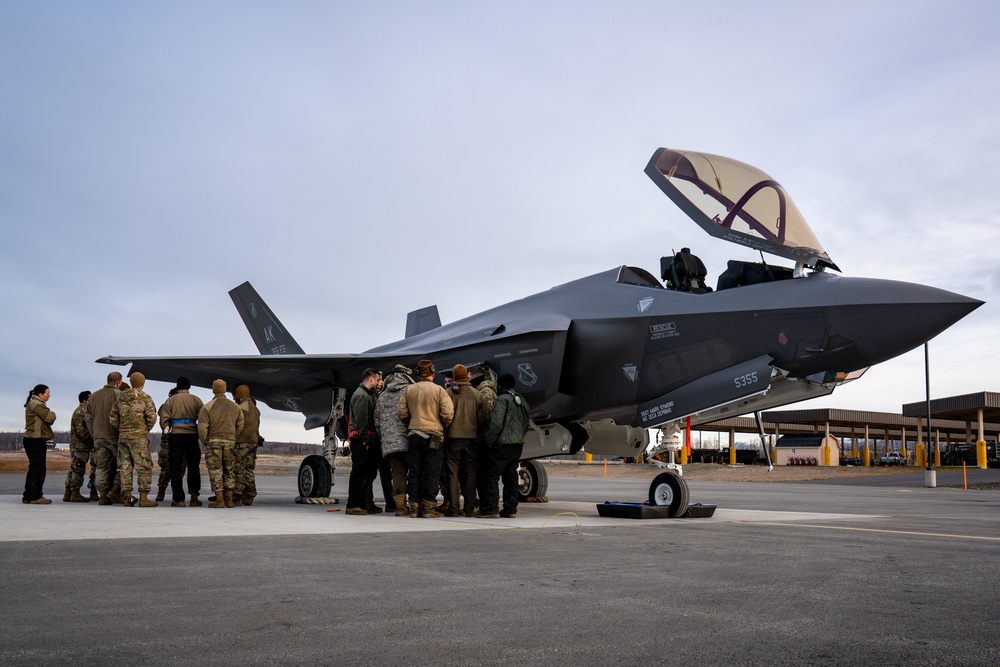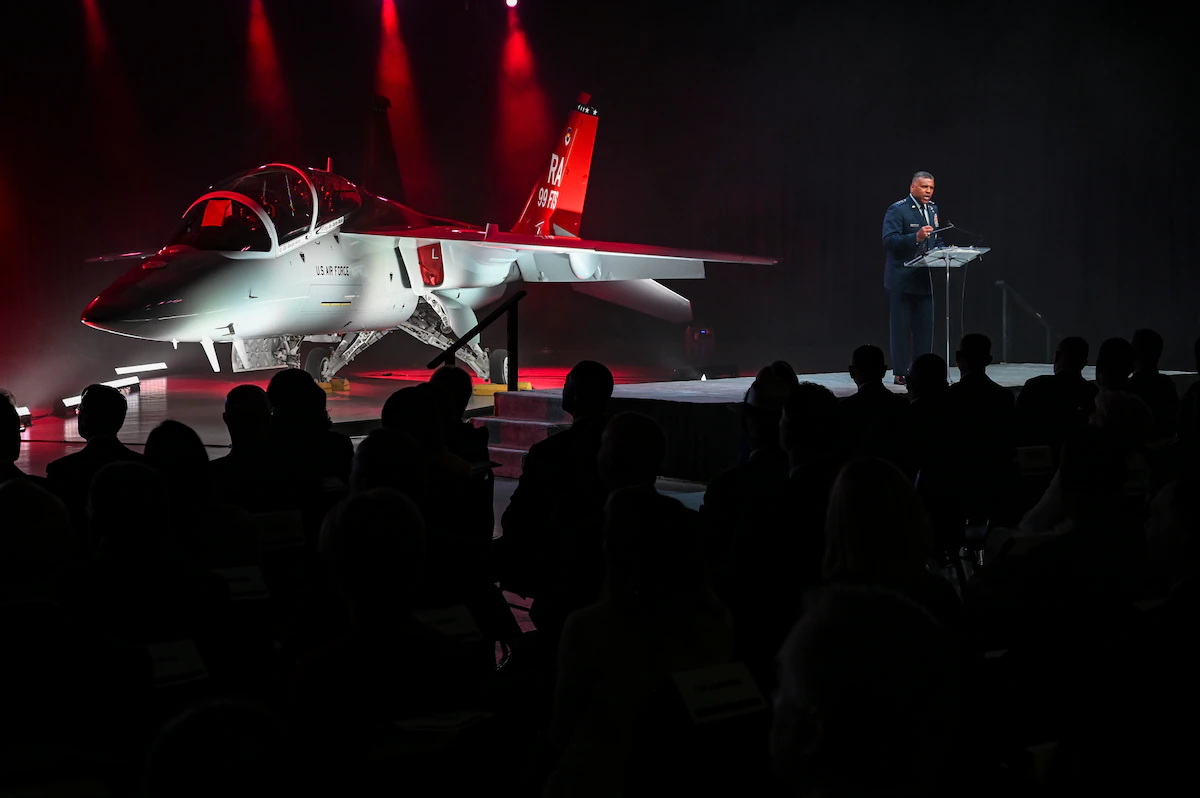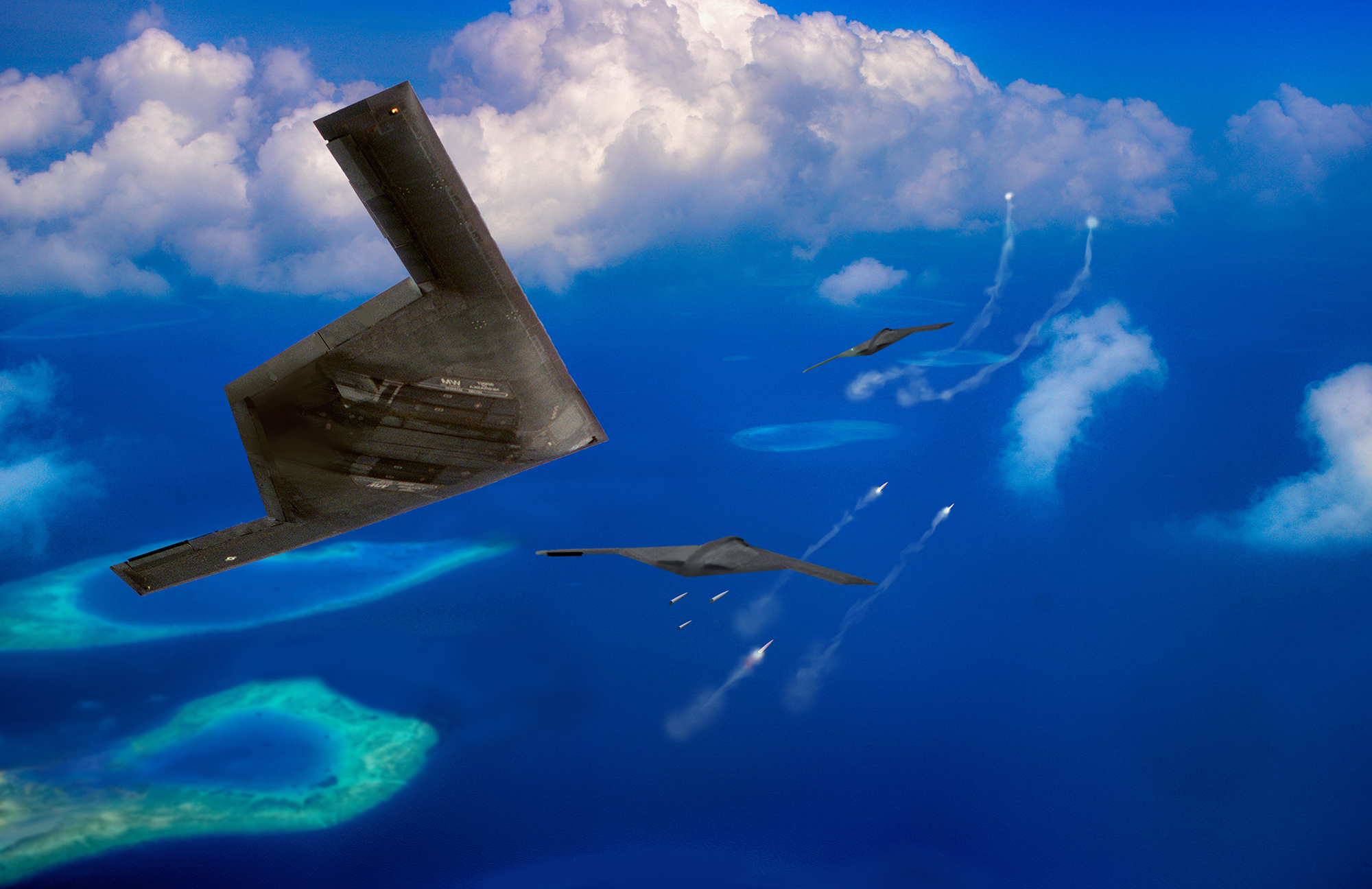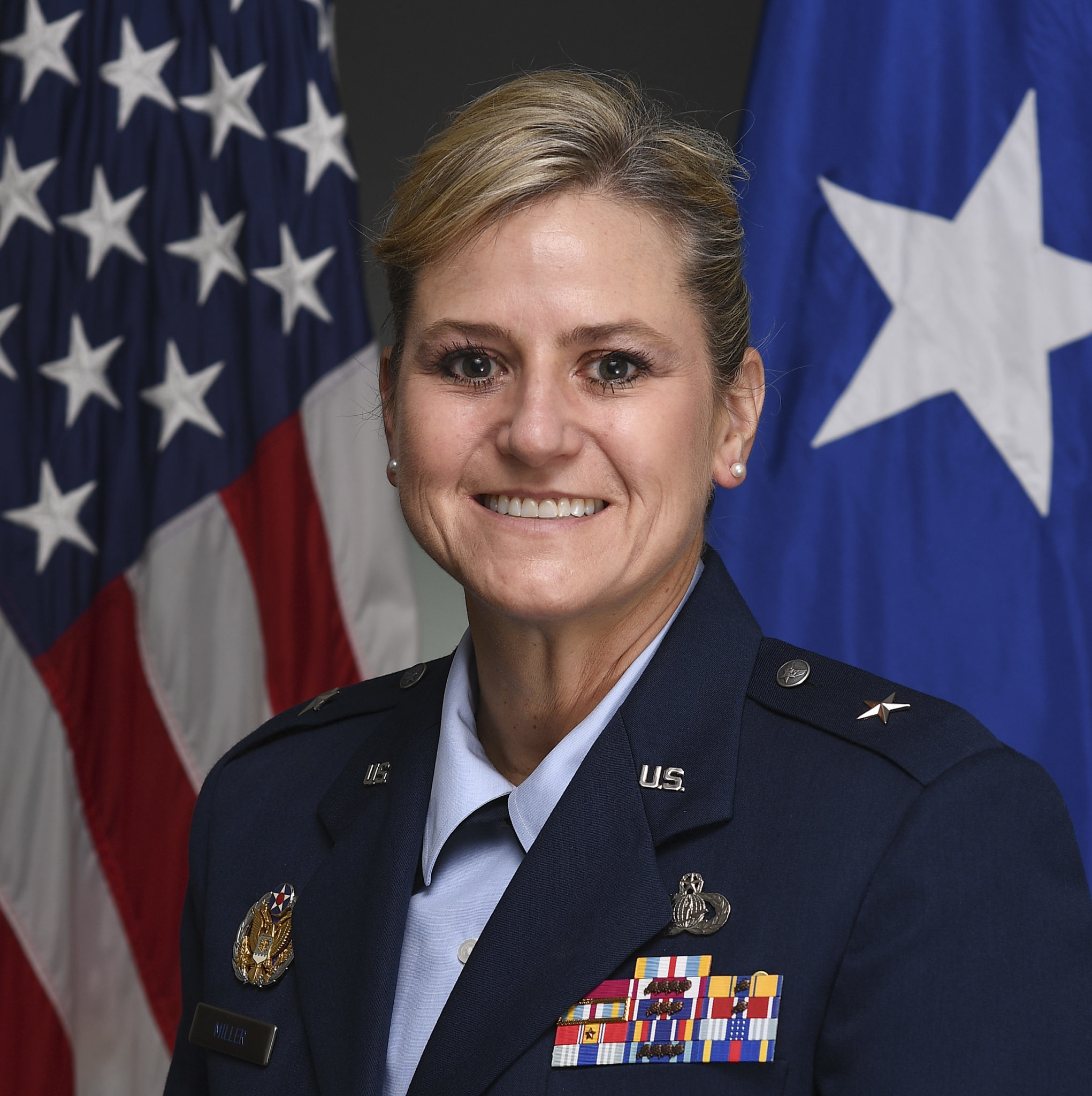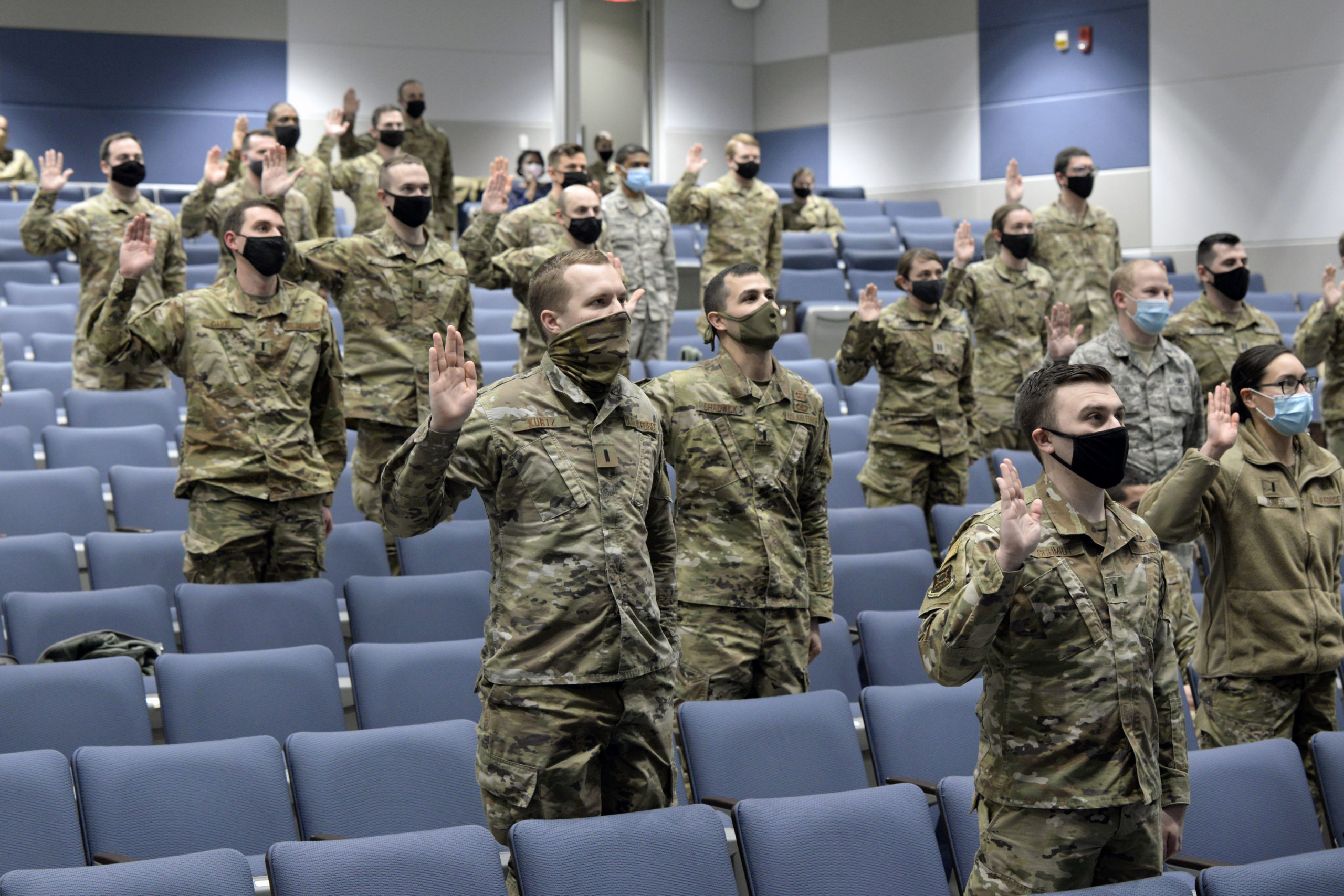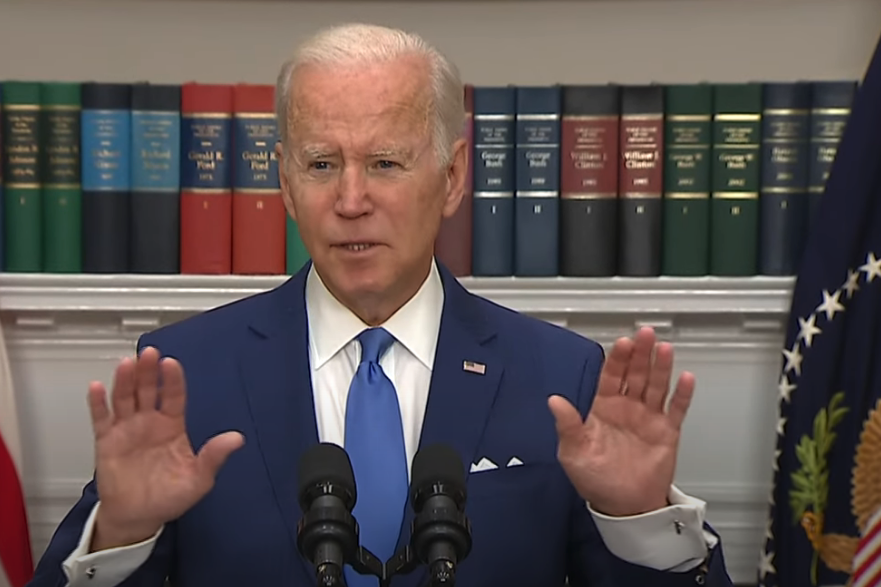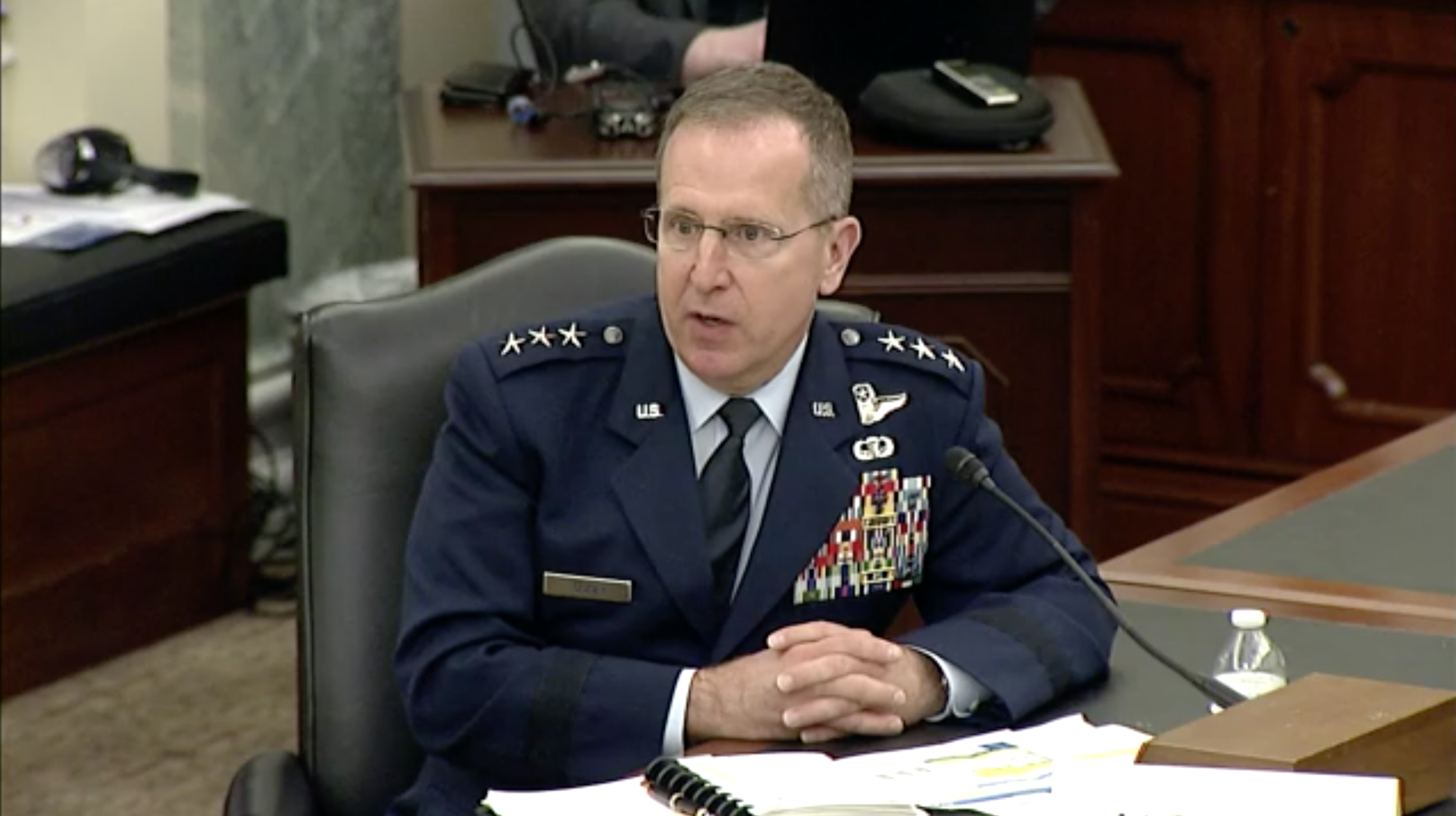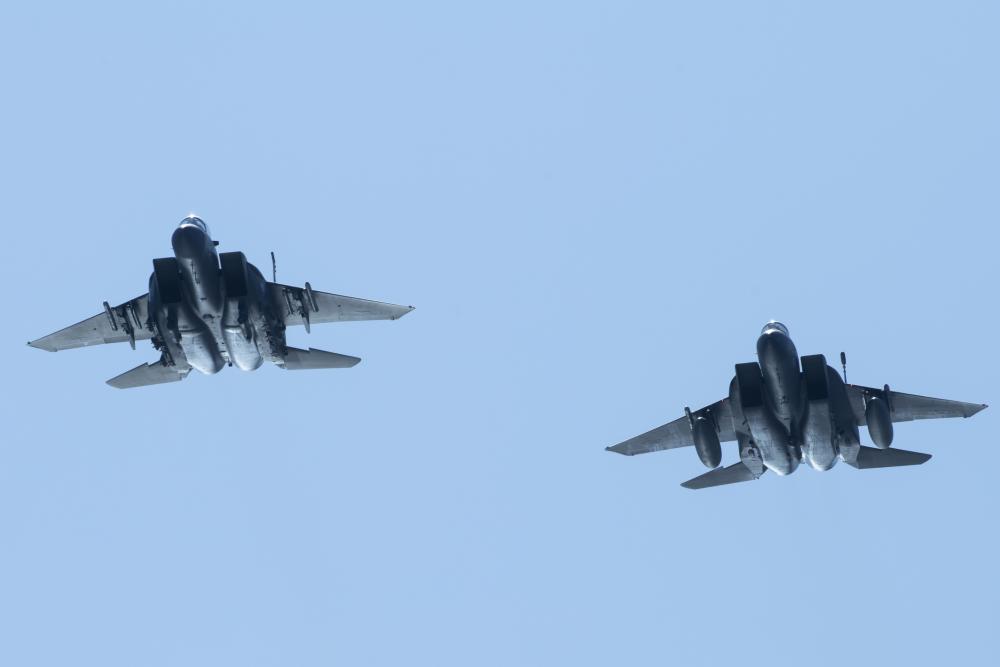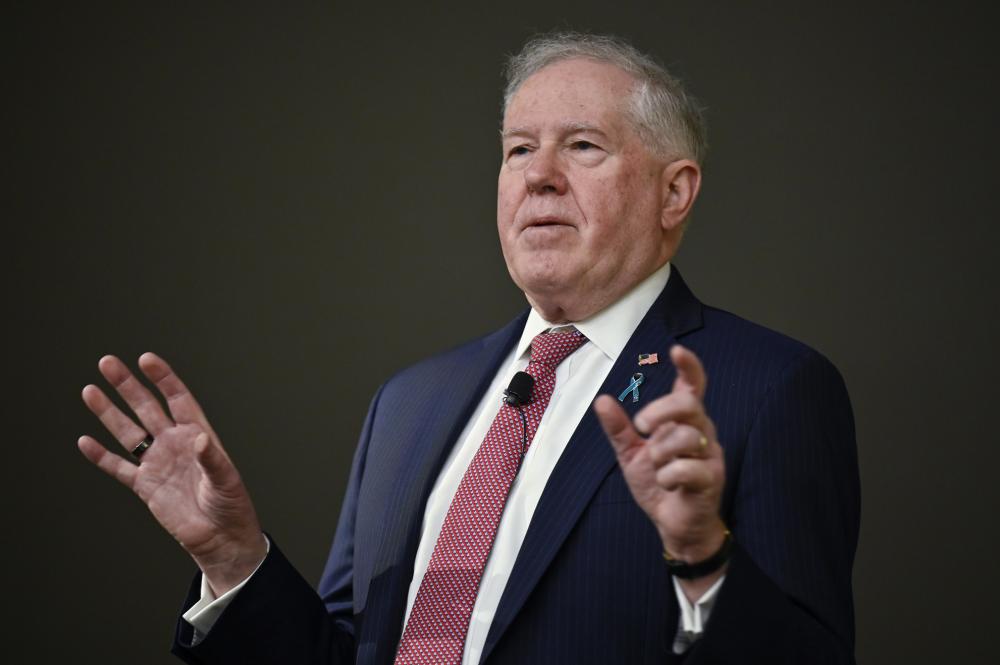The troubled F-35 sustainment enterprise is getting better but is still falling short of the services’ goals for the program, officials told Congress on April 28. And lawmakers are running out of patience.
Leading the charge, House Armed Services Committee readiness panel chair Rep. John Garamendi (D-Calif.) offered sharp criticism of the F-35 Joint Program Office, the Air Force, Lockheed Martin, Pratt & Whitney, and even others in Congress who he said “get off on buying new planes” without considering their sustainment.
“The message for me—and I hope from my committee, and I know I’m going to raise hell in the full committee—is we’re not going to buy more planes until we figure out how to maintain them,” Garamendi warned. “It is a fool’s errand. It is a waste of money by the taxpayers. It’s a bright, shiny machine until it doesn’t work.”
Garamendi wasn’t alone in airing frustrations. Rep. Jackie Speier (D-Calif.) called the program a “cash cow” for Lockheed Martin and argued that “we are incapable of turning off the spigot when something doesn’t work.” Rep. Michael Waltz (R-Fla.), the subcommittee’s ranking member, cited a Government Accountability Office report also issued April 28 that found the F-35’s overall mission capable rate at less than 68 percent, calling it “unacceptable.”
In particular, lawmakers pressed Lt. Gen. Eric T. Fick, head of the JPO, and Steven J. Morani, acting assistant secretary of defense for sustainment, on two main issues related to F-35 sustainment—the F135 engine and the Autonomic Logistics Information System.
Starting in 2020, the F-35 program entered into what Fick termed a “power module crisis.” At one point, more than 40 fighters were grounded without an engine due to maintenance issues, then-acting Assistant Secretary of the Air Force for Acquisition, Technology, and Logistics Darlene Costello told Congress.
Engine Woes
The GAO report noted that as of February 2022, that number of grounded fighters is still at 36—and has stayed above 30 for months now. Those figures earned the ire of Garamendi, who blamed contractor Pratt & Whitney, the manufacturer of the F135 engine.
“If [Pratt & Whitney] is in the audience, and if they’re listening, watch out. I’m coming at you in a very angry mood,” Garamendi said. “You gave us an engine, and it doesn’t work. Or it worked for a little while until we get some dust around it, and then it doesn’t work. What the hell? What’s going on here?”
Fick previously said in July 2021 that the JPO is taking a three-pronged approach to address the issue of F-35 sustainment by shortening repair times at Tinker Air Force Base, Okla., where the heavy maintenance center is, standing up repair operations at other facilities and keeping engines in planes longer. He reiterated that approach before the subcommittee, saying Tinker has reduced its turnaround time on engines by nearly half and that the “collective repair network, including our international facilities,” will deliver 122 power modules in 2022, compared to 77 in 2021.
Still, Fick also acknowledged that the fleet’s non-mission capable rate due to engine issues is too high, at 5 percent. And the new GAO report paints a grim picture of the future fleet if the Air Force and the JPO can’t get the engine problem under control. A baseline projection from January 2021 based off engine removal rates and depot capacity put the percentage of the F-35 fleet grounded in 2030 due to engine issues at 43 percent.
That figure would be much lower, a subsequent projection shows, if the Defense Department implemented its plans to reduce maintenance issues and funded solutions—down all the way to 3 percent. But the report warns that the projection is “highly dependent” on assumptions about funding, risk management, and that no more issues arise in the coming years.
Fick argued that the three initiatives from the program office are already having an effect and that the projections in the GAO report are outdated.
“The combined effect of those three initiatives all together brought our recovery from the power module crisis back from sometime in the 2030s to 2026,” Fick said. “So we have very, very deliberately worked … to back that crisis and turn it into something we can manage and not something that’s going to ground [43 percent] of the fleet. Now, a lot of those numbers weren’t in place by the time [GAO] wrote that report, because we have been moving that fast to make a difference across those three different lines of effort. So it’s not surprising to me that the report says what it does.”
The author of the report, Diana Maurer, also said “it looks like” the situation in 2030 will not be as “dire” as once feared. The director of the GAO’s defense capabilities and management team added that “we are waiting to see the full execution of what they want to do. But we have seen some improvements.”
ALIS Issues
Another major issue facing the F-35 sustainment enterprise has been the Autonomic Logistics Information System, or ALIS, the logistics system intended as a vast information-gathering system to track F-35 data in flight, meant to predict part failures and otherwise keep maintainers abreast of the health of each individual F-35.
Instead, the system was crippled by outdated technology, false alarms, laborious data entry requirements, and clumsy interfaces, and in January 2020, the JPO announced that it was dumping ALIS in favor of the new Operational Data Integrated Network.
At the time, Fick characterized the move from ALIS to ODIN as akin to flipping a switch. It’s a comparison he regrets now.
“Think of it as the dimmer switch now, instead of a binary light switch, as we move from one to the other—increasing capability, increasing cybersecurity, decreasing weight, increasing responsiveness—as we add those capabilities into the ecosystem,” Fick said.
That gradual process reached a key milestone recently, with the installation of 14 ODIN hardware systems to replace first-generation ALIS servers. And moving forward, Fick said, the JPO plans on delivering software updates faster and more regularly and “disaggregating the software from the underlying hardware” to reduce the labor associated with updates.
But while ALIS has been performing better, Maurer agreed, there is still no defined metric or goal for the program to meet, making any assessment of changes harder, she said. Establishing such standards is one of more than 20 recommendations the GAO has made on the F-35 that are still open.
“We do know that when we go out and we talk to maintainers in the field, they say that there’s still a good level of frustration in working with the system. … They will say that it’s getting better, but it’s not what it needs to be currently,” Maurer said.
